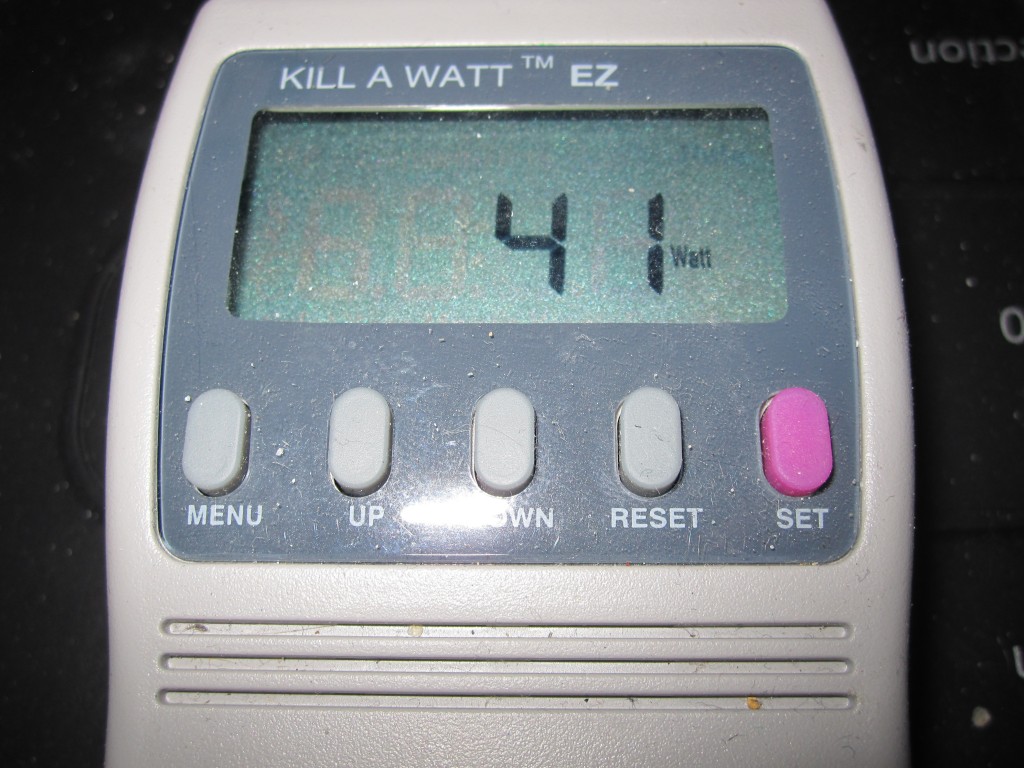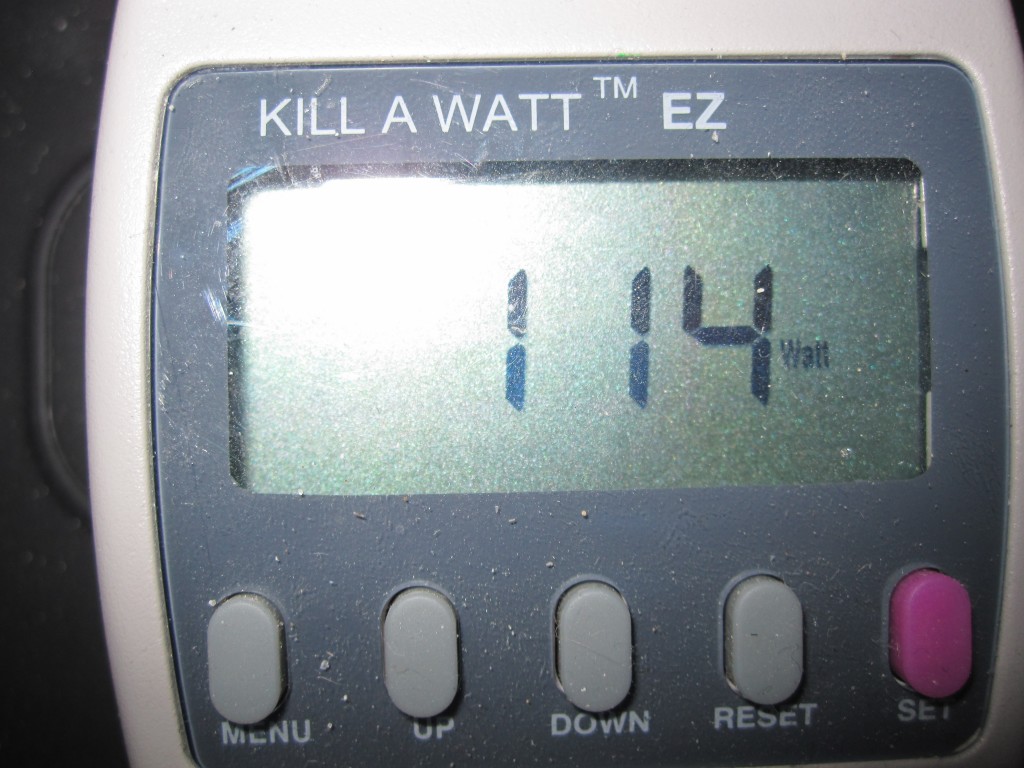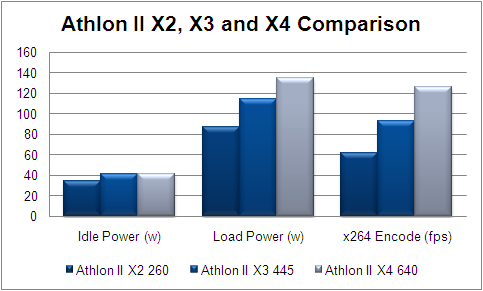Unlike Intel, AMD produces a full line of triple core processors including the AMD Athlon II X3 445 3.1GHz that will be reviewed here today. STH has already reviewed the single core Sempron 140, the dual core Athlon II X2 260 Regor, and the quad core Athlon II X4 640 Propus so hopefully this helps fill in the performance picture between the dual and quad core offerings.
Since the Athlon II architecture has been covered in-depth already in the other reviews, this review will be mainly focused on the power consumption and performance of the Athlon II X3 at 3.1GHz versus the quad core variant at 3.0GHz (the 100Mhz difference is fairly negligible compared to the additional core in the X4 part).
As a quick overview, the Athlon II X3 445 is more or less a Athlon II X4 640 with one core and its associated 512KB L2 cache disabled running at 100MHz faster (therefore it has three 3.1GHz cores and 1.5MB of L2 cache). Some users will purchase the Athlon II X3 chips and a motherboard capable of unlocking the disabled cores in the hope of saving a few dollars on the quad core parts. Like overclocking, I will not go over core unlocking in this review as I generally consider this to be a risky practice. On one hand, a user may get an Athlon II X3 440 that is a perfectly fine Athlon II X4 640 that AMD decided to simply turn off a fully functional core. The risk of unlocking a core with a major dysfunction is relatively low as usually a severely deficient core will cause immediate problems. My general concern is with unlocked cores with minor flaws that do not show up during initial testing, but show themselves in data errors later on in a server’s lifecycle. Frankly, the difference in price is generally in the $10-20 (USD) range, so I would suggest that if one requires full quad core performance, that one simply purchases the appropriate quad core part. $10-20 is generally not worth the risk especially on a $1,000+ home server.
The Test Setup
The test configuration for this review is the same as in the AMD Althon II X4 Propus 3.0GHz review using unbuffered ECC DDR3 DIMMs and the Gigabyte 880GM-UD2H. Stay tuned to STH as the plan is to purchase and test a Athlon II X2 250 Regor based chip and test it on this platform giving a straight comparison at 3.0GHz between dual, triple, and quad core Athlon II chips. I also took the liberty of confirming my 34w idle power consumption number on the Athlon II X2 260 under the new platform.
- CPU: Retail boxed AMD Althon II X3 Rana 3.1GHz, 1.5MB L2 cache, 95w TDP (socket AM3)
- Motherboard: Gigabyte GA-880GM-UD2H Socket AM3 880G mATX
- RAM: 4GB of Kingston ECC 1333MHz DDR3 KVR1333D3E9SK2/4G (Unbuffered)
- Hard Drives: Patriot PS-100 32GB / Seagate Momentus 7200.2 200GB
- PSU: PicoPSU 150XT with 150w power supply
Overall, this is a vey inexpensive setup that will be perfectly fine running Windows Home Server, Vail, Aurora, or even a Linux/ FreeBSD based server. It should also be noted that one could use the same RAM or less expensive non-ECC DIMMs and use this system as a HTPC to steam media to from a home server.
Power Consumption
The Athlon II X3 445 Rana CPU is rated at 95w TDP and uses AMD Cool’n’Quiet to keep the idle power consumption low. I was very surprised to see 41w (Kill-A-Watt watts) at idle in Window 7 after everything was loaded and the system idled:

This was surprising because the power consumption was very similar to the Athlon II X4 640 despite the X3 445 having one less core. Then again, modern CPUs do a fairly good job at powering down unused cores so at idle this makes sense. Also, different stock voltages could be to blame as not all CPUs come with the exact same voltage requirements from the factory. For example, I have two D0 stepping Core i7 920’s that actually have a 6w delta doing the same task in the same exact system due to voltage differences. During video encoding however, the Athlon II X3 hit my expectations from a power consumption perspective on the Kill-A-Watt:

This power consumption at load is directly between the Athlon II X2 260 and the Athlon II X4 640 which makes sense given the core count. What this does highlight is that not all 95w TDP parts are created equal since the X4 640 clearly uses more power doing the same task.
Overall, for many WHS systems that sit at idle much of the day, AMD does a fairly good job with power gating to keep inactive cores from using a lot of power at idle. This is evidenced by the relatively similar idle power consumption numbers between the Athlon II X2 260, Athlon II X4 445 and the Athlon II X4 640 and under 100w of total system power consumption means that the CPU will dump less heat into a storage server or HTPC than the quad core variant while transcoding video.
Performance
Performance was generally in-line with what I had expected. The WEI score did not move much, but the Handbrake x264 encode speeds fell between the Athlon II X2 260 and Athlon II X4 640 as one would expect.
Windows Experience Index (WEI) Score
I usually include the Windows Experience Index speed in CPU reviews because that is how Microsoft discusses the CPU power needed for video transcoding in Vail. Also, it is very widely available as it is a simple-to-use benchmark on most Windows 7 PCs. The Windows Experience Index (WEI) Score of the AMD Athlon II X3 445 was about as expected after looking at the Athlon II X2 260 and Athlon II X4 640.

This is really good, but highlights the weakness in the WEI scoring since. For comparison, the Athlon II X4 640 scored the same 7.3 and the Intel Xeon X3440 came in at 7.4 making the WEI score value of the Athlon II X3 445 fairly high. It should be noted however, that the WEI is a fairly synthetic benchmark, so I tend not to put too much weight on these numbers. In highly threaded applications, the Xeon X3440 is clearly capable of much more performance than the Athlon II X3 445. Also, the 100MHz jump should not be able to offset another core, of the same architecture, between the Athlon II X3 445 and Athlon II X4 640. The limits of the WEI CPU score’s usefulness are clearly evident here. That is why I do not like to rely upon synthetics to judge how fast a CPU is.
Handbrake x264 Encode Speed
My favorite real-world benchmark is encoding x264 video using Handbrake 0.9.4 on CPU’s. This is because many people store video files on their Windows Home Server, and video encoding/ transcoding takes a lot of CPU power. It oftentimes makes sense to utilize the Windows Home Server to do this encoding for iPods, iPhones, iPads, Zune HDs and etc. rather than a main PC due to the fact that video encoding uses 90%+ of available CPU cycles, slowing down the system it runs on. Also, Handbrake is a widely adopted, cross platform program for video transcoding making it a relevant real-world benchmark. These results highlight the difference between the Athlon II X3 445, Athlon II X4 640 and Intel Xeon X3440 much more clearly.
| x264 Handbrake 0.9.4 Encode | |
| CPU | fps |
| Atom N330/ION | 21fps |
| Atom D510 | 23fps |
| Sempron 140 | 29fps |
| Athlon II X2 260 | 62fps |
| Q6600 | 84fps |
| Core i3-530 | 90fps |
| Athlon II X3 445 | 93fps |
| Core i5-650 | 97fps |
| Athlon II X4 640 | 126fps |
| Phenom II X4 955 BE | 151fps |
| Xeon X3440 | 155fps |
| Phenom II X4 965 BE | 160fps |
| Xeon X3460 | 179fps |
| Core i7 920 | 179fps |
The Athlon II X3 445 Rana part did as expected, placing between the Athlon II X2 260 and the Athlon II X4 640. The Athlon II X3 compares well to the Intel Core i3-530 and i5-650 in the transcoding benchmark also but falls well short of the Intel Xeon X3440. Both of those Intel chips are dual core parts with Hyper Threading so one can surmise that at the low end a dual core Intel part with Hyper Threading is approximately equal to a triple core AMD Athlon II. The venerable Core 2 Quad Q6600 shows its low clock speeds, easily being outpaced by the higher-clocked and more power efficient Athlon II X3, despite the Q6600’s massive L2 cache. For someone recycling old parts (a lot of people have left-over Q6600’s as they were very popular CPUs), it is hard to make a case for the Q6600.
As a new twist, here is a quick graph of the encode speeds versus power consumption of the Athlon II X2 260 Regor, Athlon II X3 445 Rana, and Athlon II X4 640 Propus:

For many HTPCs and home servers, the idle power consumption figure is the most important. If one does start to do video encoding however, it turns out that more cores yields a lower total power consumption for a given task (since you are encoding a fixed number of frames).
Conclusion
AMD’s Athlon II X3 Rana is a strong performer, but it is the middle child in AMD’s Athlon II range. The Athlon II X3 does not save much by way of idle power consumption over its quad core part and does not have the same maximum performance characteristics. The Athlon II X2 260 is a lower idle power consumption part but does not have the same performance as the Athlon II X3 445. Price wise the Athlon II X3 445 is between the Athlon II X4 640 and the Athlon II X2 260. Optimizing for low power, one would clearly pick the Athlon II X2 260 and optimizing for performance one would clearly chose the Athlon II X4 640. This makes the Athlon II X3 a worthwhile purchase if one needs exactly the X3’s performance and power consumption characteristics since if one wanted more or less of either, they would go to the X2 or X4 ships. It is a hard sell for the home server and HTPC market, but it does not detract from the fact that the X3 is a great performer at a really low price. If anything it fits AMD’s tightly segmented low end chip profile just perfectly.



